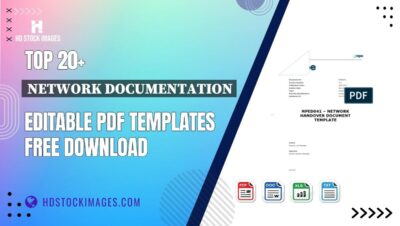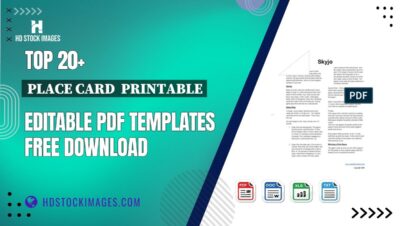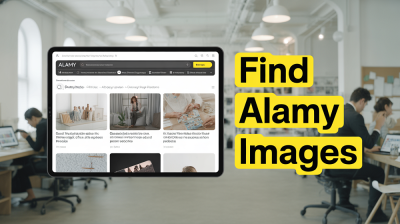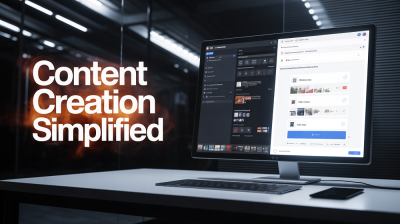Welcome to the world of YouTube ads! If you’ve ever watched a video on YouTube, you’ve likely encountered ads. These ads are a vital part of the platform, allowing creators to monetize their content while offering viewers a range of products and services. Understanding how these ads work, particularly the ad-skipping restrictions, can help you enjoy a smoother viewing experience while also grasping the business side of
Types of YouTube Ads
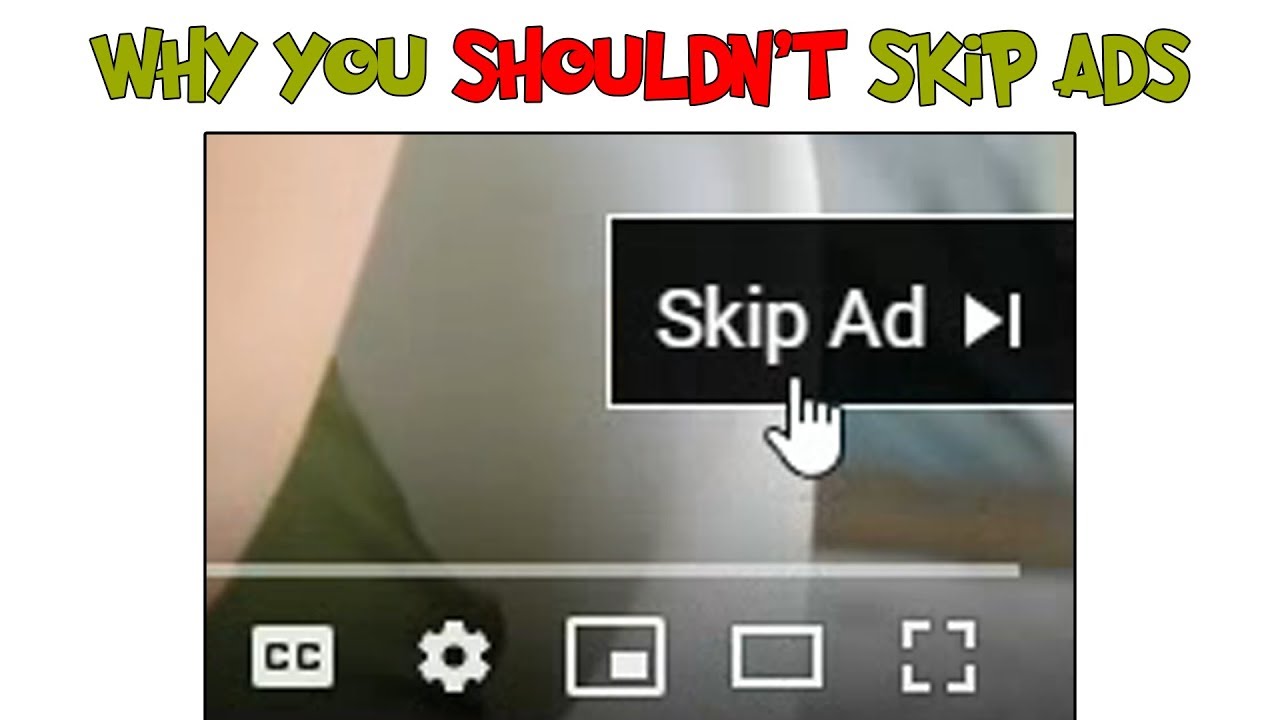
YouTube offers a diverse array of ad formats, and each serves a unique purpose. Knowing the differences can help you appreciate what goes into creating an engaging advertisement. Here are the main types:
- Skippable In-Stream Ads: These are the ads that play before, during, or after a video. Viewers have the option to skip these ads after five seconds. They’re great for brands looking to convey a message without losing the audience's interest.
- Non-Skippable In-Stream Ads: These ads must be watched in full before the viewer can access the content. They can be up to 15-20 seconds long and are effective for building a brand presence, as they guarantee that viewers will see the entire ad.
- Bumper Ads: Lasting just six seconds, these short ads are non-skippable and appear before the main content. They work well for brand awareness and quick messages that leave a lasting impression.
- Overlay Ads: These semi-transparent ads appear on the lower portion of the video. Although they’re less intrusive, they're only available on desktop. Overlay ads can be a great way to promote additional content without interrupting the viewing experience.
- Sponsored Cards: These are interactive ads that display content relevant to the video, such as products featured in the video. They’re subtle and allow viewers to engage without being disrupted.
- Display Ads: These ads appear alongside the video and can be seen on the right-hand side of the screen. They’re not obtrusive and can capture viewers' attention without interrupting their video experience.
Each ad type has its own advantages and is designed to cater to the preferences of different audiences. For instance, skippable ads allow viewers to take control, while non-skippable ads ensure that the brand message is delivered no matter what. Understanding these options can benefit both advertisers and viewers, leading to a more engaging experience on the platform.
As you can see, YouTube ads come in various forms, each with unique features that serve different purposes. By familiarizing yourself with these formats, you can better navigate the advertising landscape on YouTube, whether you’re a viewer looking for a better experience or a brand aiming to reach your target audience effectively.
Also Read This: Can You Make Money Reposting Videos on YouTube? Understanding the Rules
3. Reasons for Ad-Skipping Restrictions
Ad-skipping restrictions on YouTube aren’t just a random choice; they’re carefully crafted decisions made to enhance the overall user experience while maximizing revenue for creators and advertisers. Here are a few key reasons why these restrictions exist:
- User Engagement: YouTube aims to keep viewers engaged with content. If ads were too easy to skip, users might lose interest in the videos altogether. By limiting ad-skipping options, YouTube encourages viewers to watch the entire ad, thereby improving engagement rates.
- Revenue Generation: YouTube generates significant revenue from ads, which are a primary source of income for both the platform and creators. Restricting ad-skipping helps ensure that advertisers get the visibility they’ve paid for, leading to higher revenue streams for everyone involved.
- Advertiser Satisfaction: Advertisers expect their ads to be seen. If viewers skip ads too frequently, it might lead to dissatisfaction among advertisers, who may decide to pull their campaigns. YouTube works to create a balance where ads are both effective and not overly intrusive for viewers.
- Content Creator Support: Many content creators rely on ad revenue to sustain their channels. By limiting ad-skipping, YouTube supports creators by ensuring they receive fair compensation for their work. This, in turn, encourages a vibrant ecosystem of diverse content on the platform.
In essence, these restrictions aim to create a win-win situation for users, advertisers, and creators alike. A well-rounded ad experience is crucial for YouTube to maintain its status as a leading platform for video content.
Also Read This: How to Find a YouTube Channel by Email and Reach Out for Collaborations
4. How YouTube Determines Ad Frequency
YouTube employs a complex algorithm to determine how often ads are shown during videos, and it takes into account multiple factors to ensure a balanced experience for viewers. Here’s how it works:
- Viewer Behavior: YouTube analyzes user data, such as watch history and engagement patterns, to gauge how frequently a user interacts with ads. If a viewer tends to engage positively with ads, they might see them more often, while those who skip frequently may experience fewer ads.
- Video Length: The length of the video plays a crucial role. Longer videos often have more ad placements, while shorter videos may have limited or no ads. For instance, a 10-minute video might include multiple ad breaks, whereas a quick 2-minute clip likely won’t have any.
- Content Type: Certain genres may attract different ad frequencies. For example, gaming or tutorial videos often have higher ad placements compared to vlogs or personal content, as advertisers may see more value in reaching audiences that engage with those specific types of content.
- Ad Availability: The availability of ads also influences frequency. If there are limited ads in the inventory available for a specific content category, viewers may see fewer ads. YouTube aims to show relevant ads tailored to the viewer's interests, which can affect how often they appear.
Ultimately, YouTube’s approach ensures that ads are integrated smoothly into the viewing experience without overwhelming users. By balancing ad frequency with viewer preferences and content characteristics, YouTube strives to create an ecosystem that supports all parties involved.
Also Read This: How to Get Peacock on YouTube TV: Streaming Access Simplified
5. Impact of Ads on Creators and Viewers
When we think about YouTube, it’s easy to focus on the videos that capture our attention. However, the impact of ads on both creators and viewers is profound and multifaceted. For creators, ads are a primary source of revenue. Every time a viewer watches an ad, there’s a chance for the creator to earn money. But this isn’t just about dollars and cents; it also shapes the content itself.
For instance, many creators tailor their videos to attract advertisers, often leading to a shift in content style. If a creator knows that family-friendly content attracts better ad deals, they might steer clear of topics that could alienate potential sponsors. This can create a homogenized experience for viewers, where unique voices might be stifled in favor of what’s marketable.
On the viewer side, ads can be a double-edged sword. They can be annoying, interrupting the flow of a catchy vlog or an informative tutorial. However, they also help keep the platform free. Without ads, many creators wouldn’t be able to produce quality content that we all enjoy. Think about it – would you rather pay a monthly fee to access your favorite channels, or endure a few ads in exchange for free content? This is a dilemma that keeps many viewers considering the value of their time versus their wallet.
Moreover, it’s essential to recognize that not all ads are created equal. Some viewers may find value in targeted ads that align with their interests, while others might feel bombarded by irrelevant promotions. This inconsistency can affect viewer satisfaction and engagement, leading to either increased frustration or increased viewer loyalty to creators who manage their ads thoughtfully.
In conclusion, the balance of ad impact on creators and viewers is delicate. Creators must consider their audience's preferences while navigating an ad landscape that influences their creative choices. Meanwhile, viewers need to weigh the pros and cons of ad interruptions against the benefits of supporting their favorite content creators. It’s this ongoing dance between creators, ads, and viewers that shapes the very essence of the YouTube experience.
6. Strategies for Managing Ads on YouTube
Managing ads on YouTube isn’t just about dealing with interruptions; it’s about navigating a complex landscape that can either enhance or detract from the viewing experience. Here are some effective strategies for both creators and viewers to manage ads effectively:
- For Creators:
- Optimize Ad Placement: Place ads thoughtfully within your videos. Mid-roll ads can be effective, but ensure they don’t interrupt critical moments. Timing is key!
- Engage Your Audience: Keep your viewers engaged with captivating content. When viewers enjoy your videos, they are less likely to skip ads. Build a loyal community that appreciates your work.
- Experiment with Ad Formats: Test different ad formats like skippable, non-skippable, and bumper ads. See which types resonate best with your audience and adjust accordingly.
- For Viewers:
- Utilize YouTube Premium: If ads are a significant annoyance, consider subscribing to YouTube Premium. This allows you to enjoy your favorite content ad-free while supporting creators.
- Engage with Ads: Sometimes ads can be informative. Instead of immediately skipping them, take a moment to see if any genuinely spark your interest. You might discover something new!
- Provide Feedback: If you find a particular ad disruptive or irrelevant, use YouTube’s feedback options. This helps the platform and advertisers understand viewer preferences better.
In summary, managing ads on YouTube is about finding a balance that works for both creators and viewers. By implementing thoughtful strategies, creators can optimize their revenue while maintaining viewer engagement, and viewers can enhance their viewing experience while still enjoying free content. It’s a collaborative effort, and when everyone plays their part, the YouTube ecosystem thrives!
 admin
admin